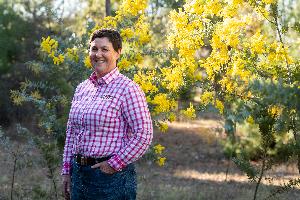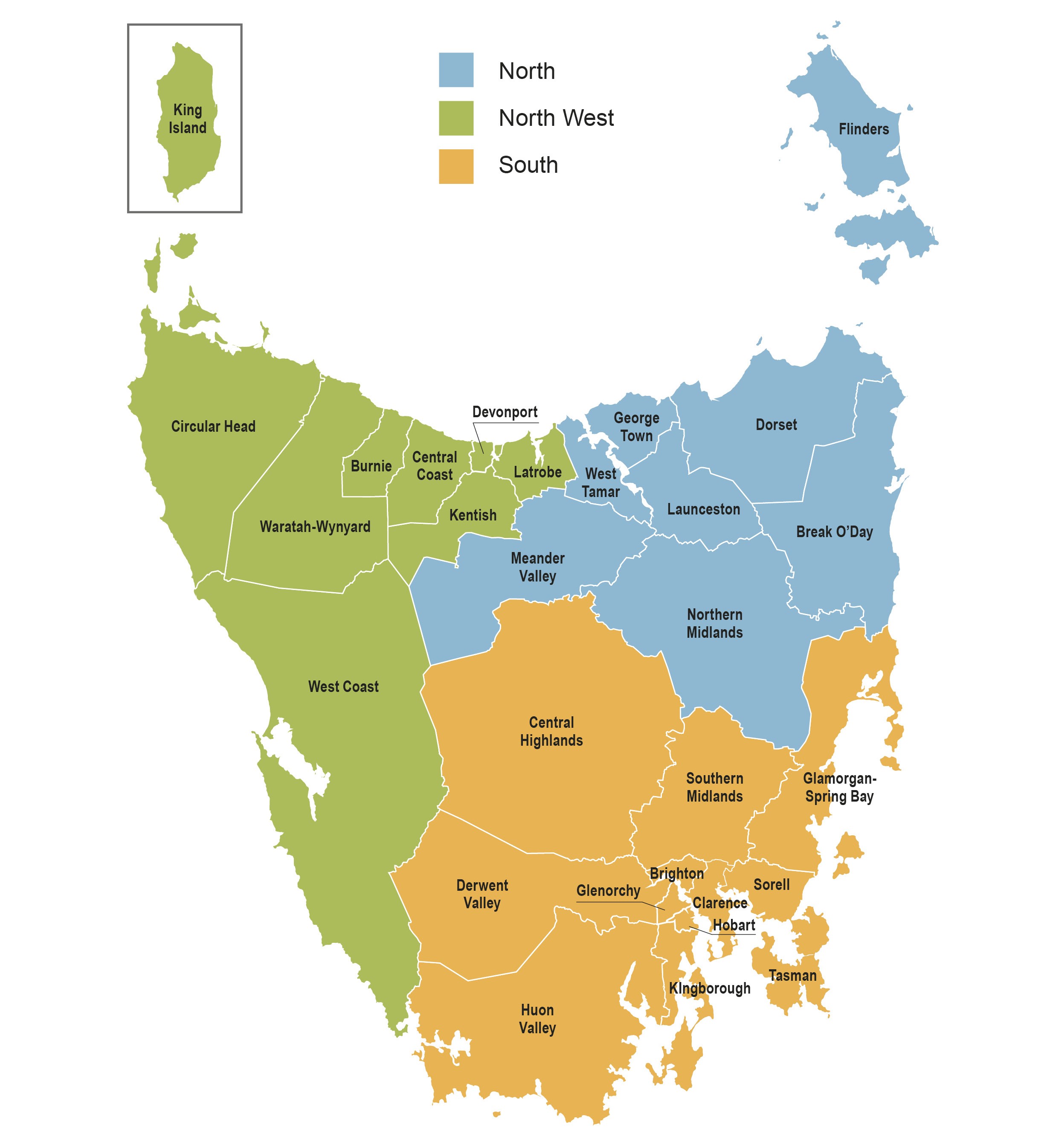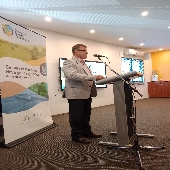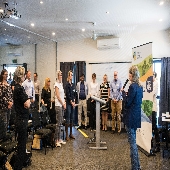Regional Drought Resilience Planning
Latest News
-
Seasonal Conditions Scheme
In March 2024, the Tasmanian Government stepped in to help King and Flinders Island farmers impacted by additional costs like freight and feed due to extended dry conditions on the islands, opening the King and Flinders Island – Primary Producers – Seasonal Conditions Scheme.
In recognition of the extended dry seasonal conditions now impacting a large portion of the state, the Tasmanian Government extends supports to farmers on mainland Tasmania with the opening of this scheme - the Mainland Tasmania – Livestock Producers – Seasonal Conditions Scheme.
This scheme will provide one-off payments of up to $5,000 to eligible farm businesses.
To be eligible, farm businesses will need to demonstrate that they have a primary production livestock business on mainland Tasmania that has been severely impacted by extended abnormally dry conditions. Applicants must also demonstrate that the farm business has experienced, or expects to experience, significant financial impact, causing some hardship, due to the extended dry conditions.
Head to Mainland Tasmania - Livestock producers - Seasonal Conditions Scheme | Department of State Growth for more information.
Category : Opportunities -
Regional Drought Risk, Resilience and Adaptive Capacity Reports
We would appriciate your feedback about the usefulness of these reports, as we aim to ground-truth these reports over the course of the Regional Drought Resilience Planning program.
The purpose of the region analysis is to provide a snapshot in time of the indicative and potential drought impacts for the regions of Tasmania. Three research questions werre asked:
- What is the prevalence, severity and impacts of drought? (Past/current)
- What is the likely prevalence, severity and impact of droughts? (Future)
- What are the vulnerabilities, gaps in preparedness and adaptive capacity for drought and other related permanent transitions to a changing climate? (Analysis)
Drought resilience was determined by analysing the potential drought impact (risk) and adaptive capacity of all LGAs in Tasmania using indices from Australian Bureau of Agricultural and Resource Economics and Sciences (ABARES) Community Vulnerability & Resilience to Drought Index (CVRDI), ABS and others. Full reports for South, North and North West include detailed index table results. The summary of the regional reports can be found on the regional project pages.
These drought data reports will support the engagement activities of the Regional Project Coordinators and underpin the development of Drought Resilience Plans for all regions of Tasmania. Follow these links to let us know what you think about the report for your region:
Category : Consultation -
World-first research suggests natural capital impacts farm performance
Australian research project, Farming for the Future releases preliminary findings
In a study of global significance and at a scale never previously undertaken, Phase 2 of the Farming for the Future research program has collected financial, ecological and social data from 130 Australian grazing and cropping enterprises, the preliminary results of which were unveiled today at the National Farmers’ Federation& Farming for the Future Natural Capital Summit in Canberra.
Dr Sue Ogilvy, Program Director, Farming for the Future said the initial research findings demonstrate that it is possible to establish and quantify the relationship between a farm’s natural capital, and its productivity and profitability.
To read more go to National Farmers' Federation (nff.org.au)
Category : Research
Tasmania Regions
Who's Listening
-
 Resilience and Recovery Tasmania
Resilience and Recovery Tasmania
Department of Premier and CabinetStatewide: resilience@dpac.tas.gov.au
North West/ South: David Henderson
North: Lucy Marshall
Key Documents
2023 Drought Ready Forum
Video
Resilience planning can reduce the impact of future disasters,such as drought, and support Australia to bounce back. Building resilience in communities, infrastructure and the natural environment requires an ongoing up-to-date and informed understanding of hazards, vulnerability and exposure.
-
Video and Image Source
Brand Tasmania www.toolkit.tasmanian.com.au
















